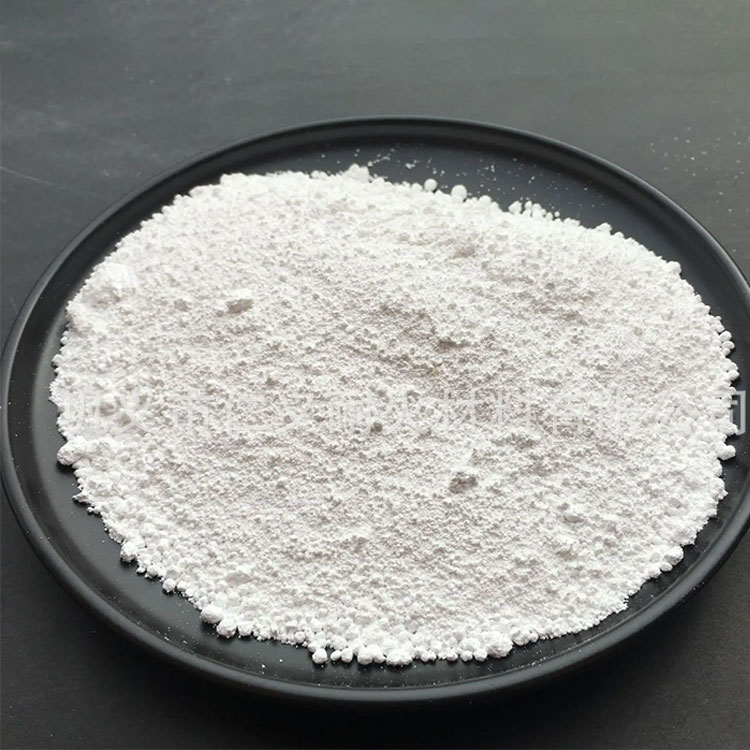How hard is zirconia ceramic?
2024-06-18
Zirconia ceramic, also known as zirconium dioxide (ZrO2), is known for its high hardness, strength, and toughness. Here are some key points about the hardness and properties of zirconia ceramic:

Hardness of Zirconia Ceramic:
- Vickers Hardness: Zirconia ceramics typically have a Vickers hardness ranging from 1200 to 1500 HV. The Vickers hardness test measures the resistance of a material to indentation and is commonly used for ceramics and metals.
- Mohs Hardness: On the Mohs scale, zirconia has a hardness of approximately 8 to 8.5. For comparison, diamond, the hardest known material, has a Mohs hardness of 10.
Properties of Zirconia Ceramic:
1. High Toughness:
- Transformation Toughening: Zirconia exhibits transformation toughening, a mechanism that enhances its toughness. When a crack forms, the material undergoes a phase transformation that helps to "close" the crack and prevent it from propagating further. This makes zirconia ceramics more resistant to fracture compared to other ceramics.
2. Strength:
- High Flexural Strength: Zirconia ceramics have high flexural strength, often exceeding 900 MPa, making them suitable for demanding structural applications.
3. Wear Resistance:
- Low Wear Rate: The hardness of zirconia contributes to its excellent wear resistance, making it ideal for applications where durability and longevity are critical.
4. Chemical Resistance:
- Corrosion Resistance: Zirconia is highly resistant to corrosion and chemical attack, making it suitable for use in aggressive environments.
5. Biocompatibility:
- Medical Applications: Due to its biocompatibility, zirconia is widely used in medical applications such as dental implants, hip replacements, and other biomedical devices.
6. Thermal Stability:
- High Melting Point: Zirconia has a high melting point of about 2700°C (4892°F), which makes it suitable for high-temperature applications.
- Thermal Insulation: It has good thermal insulation properties, which is beneficial in applications requiring thermal barriers.
Applications of Zirconia Ceramic:
- Cutting Tools: Used in cutting tools and machining due to its hardness and wear resistance.
- Dental Prosthetics: Commonly used in dental crowns and bridges because of its strength, aesthetic appearance, and biocompatibility.
- Industrial Components: Utilized in bearings, seals, and other mechanical components that require high durability and wear resistance.
- Medical Devices: Employed in orthopedic implants, surgical instruments, and other medical devices.
Comparison with Other Materials:
- Metals: Zirconia ceramics are much harder than most metals, which typically have lower Vickers hardness values (e.g., steel around 200-800 HV).
- Other Ceramics: While zirconia is very hard, it is not the hardest ceramic. Materials like silicon carbide (SiC) and boron carbide (B4C) have higher hardness values but typically lower toughness compared to zirconia.
In summary, zirconia ceramic is a very hard material, with a Vickers hardness ranging from 1200 to 1500 HV and a Mohs hardness of about 8 to 8.5. Its combination of high hardness, toughness, and other advantageous properties makes it suitable for a wide range of demanding applications in various industries.


